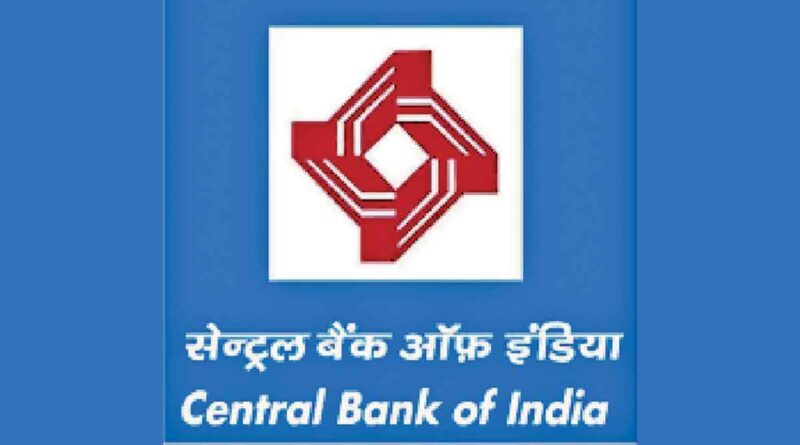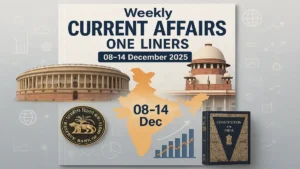The Reserve Bank of India (RBI) removed Central Bank of India from its Prompt Corrective Action Framework (PCAF) after the lender showed improvement in various financial ratios, including minimum regulatory capital and net non-performing assets (NNPAs). The RBI had imposed the PCA norms on the bank in June 2017 due to its high net NPA and negative return of assets (RoA). After reviewing the performance of the Central Bank of India, RBI decided to remove the restrictions on the bank.
Bank Maha Pack includes Live Batches, Test Series, Video Lectures & eBooks
What Is PCA Framework:
The PCA norm is a supervisory tool and is imposed when a bank breaches certain regulatory thresholds on capital to risk weighted assets ratio (CRAR), net NPAs and return on assets (RoA).
- RBI initiated the Scheme of Prompt Corrective Action (PCA) in 2002.
- In early 2018, there were 12 banks under PCA framework. Of these, 11 were PSBs.
- Due to recapitalization & corrective measures there were only six banks (all PSBs) under the PCA framework as of March 2019.
- Objective – Prompt Corrective Action or PCA is a framework under which financial institutions with weak financial metrics are put under watch by the RBI.
- Until now, the RBI had imposed PCA only on banks. Now, PCA framework is extended to NBFCs also.
- The move comes in the wake of large NBFCs such as IL&FS, DHFL, SREI Group and Reliance Capital getting into financial trouble over the last few years.
- Applicability – The PCA framework for NBFCs comes into effect from October 1, 2022, based on their financial position on or after March 31, 2022.
- The framework will apply to all deposit-taking NBFCs, excluding government companies, and all non-deposit taking NBFCs in the middle, upper and top layers.
- Implications – This is a welcome move as it will stop bad lenders from going worse rather than brushing the issue aside.
- Safer NBFCs will translate to a safer overall financial system.
- The PCA framework for NBFCs will be reviewed after 3 years.
What are the tracking indicators:
- The central bank will track three indicators
- Capital To Risk-Weighted Assets Ratio (CRAR) – It is bank’s available capital expressed as a percentage of a bank’s risk-weighted credit exposures.
- Tier-I leverage ratio – It is the relationship between a banking organization’s core capital and its total assets.
- Net Non-Performing Assets (NNPAS) Including Non-Performing Investments (NPIS). NPA are loans for which the principal or interest payment remained overdue for a period of over 90 days
- In the case of core investment companies (CICs), the RBI will track:
- Adjusted Net Worth/Aggregate Risk Weighted Assets.
- Leverage Ratio
- NNPAs, including NPIs.
- A breach in any of the three risk thresholds under the above mentioned indicators could result in invocation of PCA.
In Case Of Central Bank Of India:
“It was noted that as per the assessed figures of the bank for the year ended March 31, 2022, the bank is not in the breach of the PCA parameters,” RBI said in a release on Tuesday. The bank has provided a written commitment that it would comply with the norms of minimum regulatory capital, net NPA and leverage ratio on an ongoing basis. In the financial year ended March 2022, the bank’s net NPA ratio stood at 3.97 per cent as compared to 10.20 per cent in the fiscal ended March 2017. In the quarter ended June 2022, its net NPA improved to 3.93 per cent. During the fiscal ended March 31, 2021, its CRAR improved from 13.84 per cent compared to 10.95 per cent as on March 31, 2017. In June 2022, CRAR stood at 13.33 per cent.




 Weekly Current Affairs One Liners 08th t...
Weekly Current Affairs One Liners 08th t...
 Which Indian City is Known as the Footwe...
Which Indian City is Known as the Footwe...
 Which Desert is known as the Cold Desert...
Which Desert is known as the Cold Desert...







